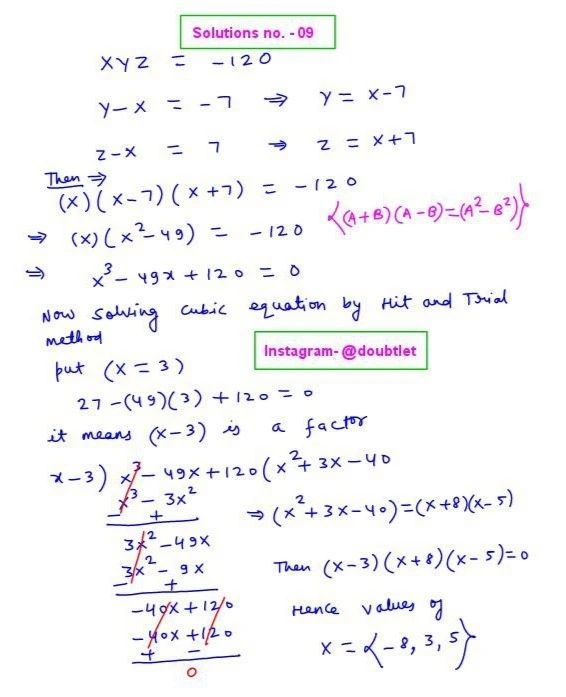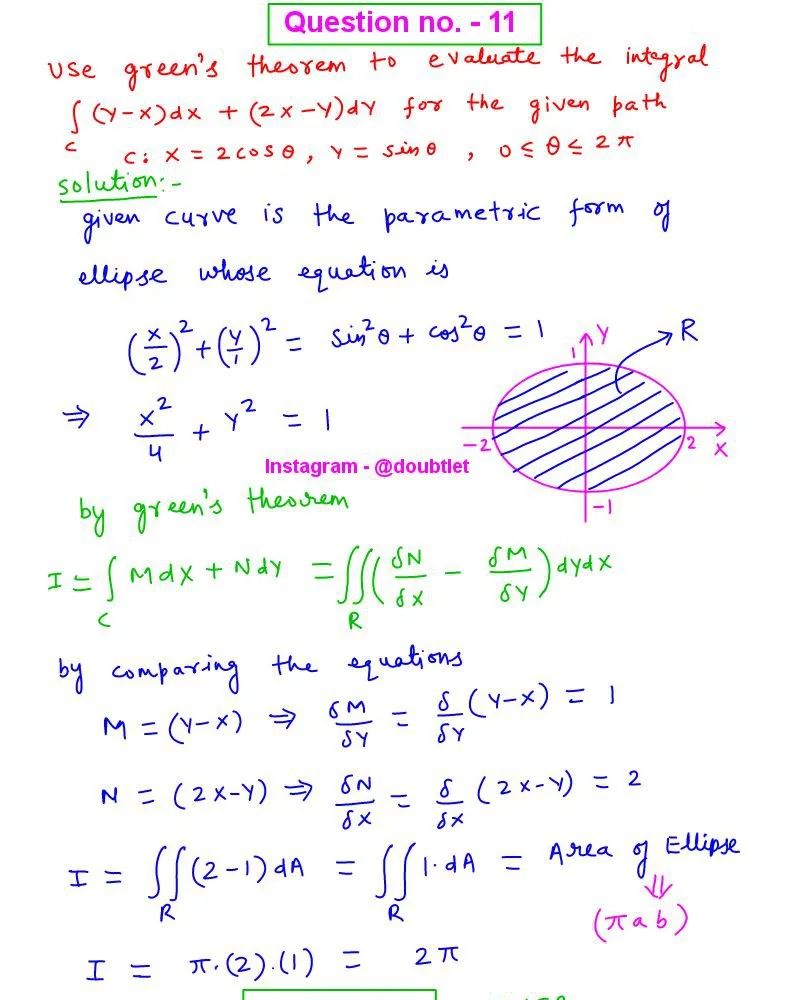









Question :
Evaluate the given integral by changing to polar coordinates. where is the region in the first quadrant that lies between the circles and .

Solution:

Neetesh Kumar | November 28, 2024
Calculus Homework Help
This is the solution to Math 1D
Assignment: 15.3 Question Number 6
Contact me if you need help with Homework, Assignments, Tutoring Sessions, or Exams for STEM subjects.
You can see our Testimonials or Vouches from here of the previous works I have done.
Step-by-step solution:
Step 1: Analyze the Region
The region is bounded by two circles:
- The first circle is , which represents a circle with radius centered at the origin .
- The second circle is . To rewrite this in a more familiar form, we complete the square: This represents a circle with radius centered at .
The region is the area in the first quadrant between these two circles. Therefore, we need to convert these equations and the limits of integration into polar coordinates.
Step 2: Convert to Polar Coordinates
In polar coordinates, we use the following transformations:
Now we convert the equations of the circles into polar form:
-
For the first circle, , this becomes:
-
For the second circle, , this becomes: This represents the second circle in polar coordinates.
Step 3: Set up the Integral
The region is bounded by (the second circle) and (the first circle). We also restrict ourselves to the first quadrant, so ranges from to .
The integral we need to evaluate is:
Step 4: Evaluate the Inner Integral
We first evaluate the inner integral with respect to :
The antiderivative of is , so:
Thus, the integral becomes:
Step 5: Simplify the Integral
Distribute to the terms inside the integral:
We now split this into two separate integrals:
Step 6: Evaluate the Integrals
- The first integral is straightforward:
So, the first term becomes:
- The second integral requires a standard reduction formula for . Using the identity: we integrate each term:
So, the second term becomes:
Step 7: Combine the Results
Now, combine both terms:
Final Answer:
The value of the integral is:
Please comment below if you find any error in this solution.
If this solution helps, then please share this with your friends.
Please subscribe to my Youtube channel for video solutions to similar questions.
Keep Smiling :-)
Comments(0)



Leave a comment